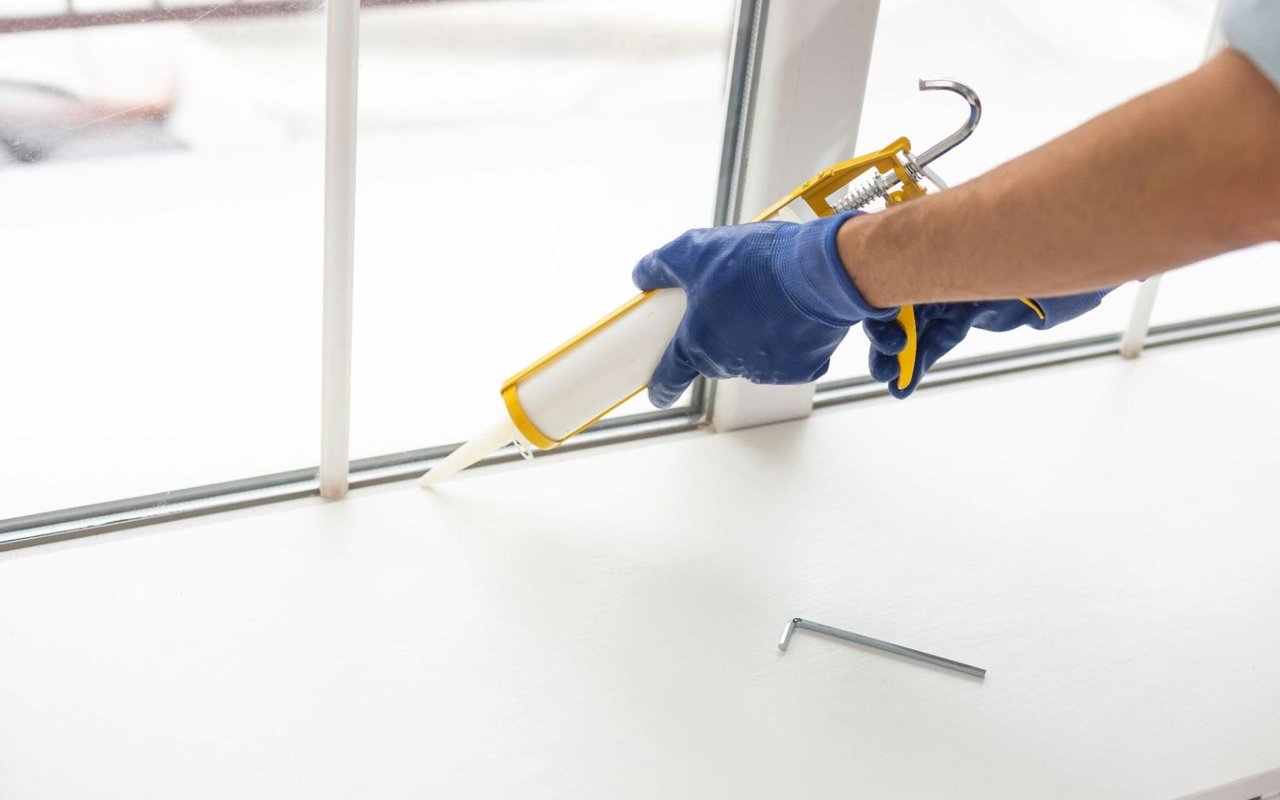When you're preparing to sell your home in Poway, CA, every detail matters, from the curb appeal to how your kitchen sparkles during showings. However, what many sellers overlook is one of the most strategic tools available: the pre-listing inspection. This proactive step can uncover potential issues, streamline negotiations, and help your home stand out in a competitive market.
If you’ve ever wondered whether getting your home inspected before selling is worth it, this guide will walk you through exactly why it is — and how it can give you the advantage.
What Is a Pre-Listing Inspection?
A pre-listing inspection is a professional home inspection that takes place before your property hits the market. Just like a buyer’s inspection, it evaluates the condition of your home’s major systems, structure, and components. The difference is, you're the one in control of the process — and the information.
An inspector will examine features and components like the roof, plumbing, HVAC system, electrical panels, appliances, and foundation. You’ll get a comprehensive report detailing any areas that need repair, replacement, or further evaluation. This gives you the opportunity to address these concerns before buyers even step foot through the door.
Key Benefits of a Pre-Listing Inspection
Getting your home inspected before listing offers both tactical and emotional advantages. It allows you to move into the selling process with confidence, ready with facts rather than speculation. More specifically, here’s how it can help:
- Eliminates Surprises: You'll uncover issues that could derail negotiations or delay closing if discovered later.
- Improves Transparency: Buyers appreciate honesty, and a pre-listing inspection shows that you're not trying to hide anything.
- Strengthens Pricing Strategy: With a full understanding of your home’s condition, you and your real estate agent can price it more accurately.
- Speeds Up the Sale: When buyers feel confident in the condition of a home, they’re less likely to request lengthy inspection periods or negotiate for lower prices.
- Boosts Buyer Trust: A pre-inspected home tells potential buyers that you're serious, prepared, and credible.
What Does a Pre-Listing Inspection Cover?
The inspector’s job is to evaluate your home’s safety, structure, and functionality. Here’s what’s usually included:
- Roof: The condition of shingles, flashing, gutters, ventilation, and signs of leaks or structural wear.
- Foundation and structure: Any visible cracks, settling issues, or signs of water intrusion.
- Plumbing: Water pressure, leaks, drainage, and the condition of pipes, fixtures, and water heaters.
- Electrical system: Outlets, wiring, circuit breakers, panels, and grounding.
- HVAC system: Heating, cooling, and ventilation functionality and maintenance.
- Appliances: Stove, oven, dishwasher, built-in microwaves, and other permanently installed appliances.
- Doors and windows: Proper sealing, opening, and locking functions.
- Exterior surfaces and drainage: Siding, trim, grading, and gutters.
Depending on your home’s age or features, you may also want additional inspections for mold, lead paint, asbestos, or pests.
Common Repairs Uncovered in a Pre-Listing Inspection
It’s not unusual for homeowners to be surprised by what turns up in a pre-listing inspection. Even well-maintained homes can have issues that go unnoticed. Some of the most frequently reported concerns include:
- Leaking or outdated water heaters
- Faulty or overloaded electrical panels
- Roof damage from aging or weather
- Minor foundation cracks
- Plumbing leaks under sinks or in crawl spaces
- Poor insulation or ventilation
- HVAC systems needing maintenance or replacement
These aren’t necessarily deal-breakers, but being aware of them in advance gives you options. You can address the repairs or adjust your asking price accordingly and disclose the issues.
Should You Fix Problems Before Listing?
One of the most important decisions after your pre-listing inspection is what to do with the findings. Your real estate agent will help you evaluate which repairs are worth making before listing and which can be handled through negotiations.
If your budget and timeline allow, consider fixing issues that could raise red flags for buyers or impact the perceived value of your home. These typically include:
- Roof leaks
- Major plumbing or electrical issues
- Water damage or mold
- Structural concerns
- HVAC system malfunctions
For smaller or cosmetic items — such as minor wall cracks, broken outlet covers, or sticking windows — it may be enough to simply disclose them. Buyers often expect minor flaws, but it’s the serious ones that can cause deals to fall through.
Is a Pre-Listing Inspection Always Worth It?
While it may not be necessary in every situation, a pre-listing inspection offers substantial value in most cases. If your home is older, has unique features, or hasn’t been updated in a while, the insights it provides can be especially useful. The inspection also reduces the risk of surprises, which sets the stage for a more predictable, less stressful selling experience.
For newer homes or those recently renovated, the inspection may still be worthwhile as a way to demonstrate quality and build buyer trust. At the very least, it gives you a clearer picture of what you’re working with — and that’s always an advantage.
Make the Smart Move Before You List
Selling your home is about making strategic decisions, and a pre-listing inspection is one of the smartest steps you can take. It allows you to evaluate your home’s condition, anticipate buyer hesitations, and reduce friction during negotiations. More importantly, it puts you in control of the selling process, with fewer surprises and more confidence.
Connect with trusted professional
Chad Basinger today if you’re ready to achieve a seamless, profitable home sale in Poway, CA.










